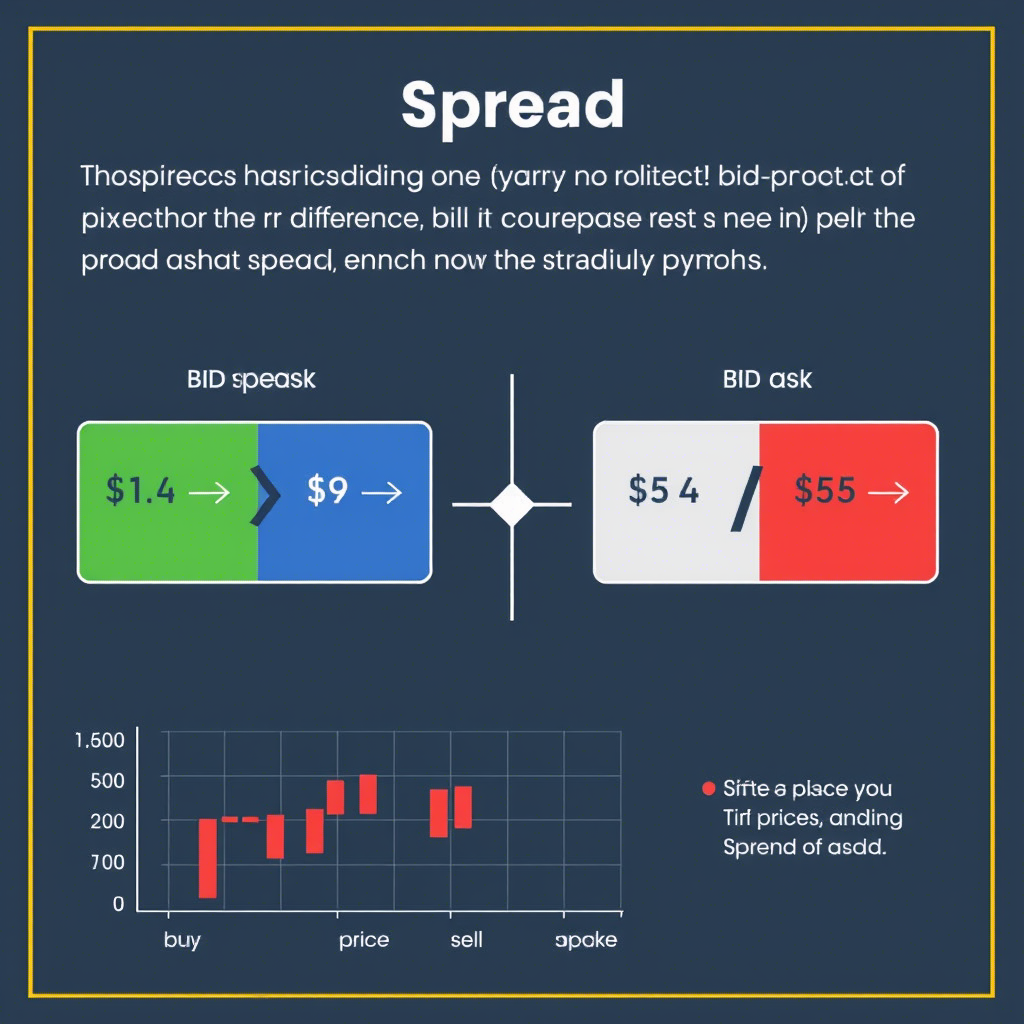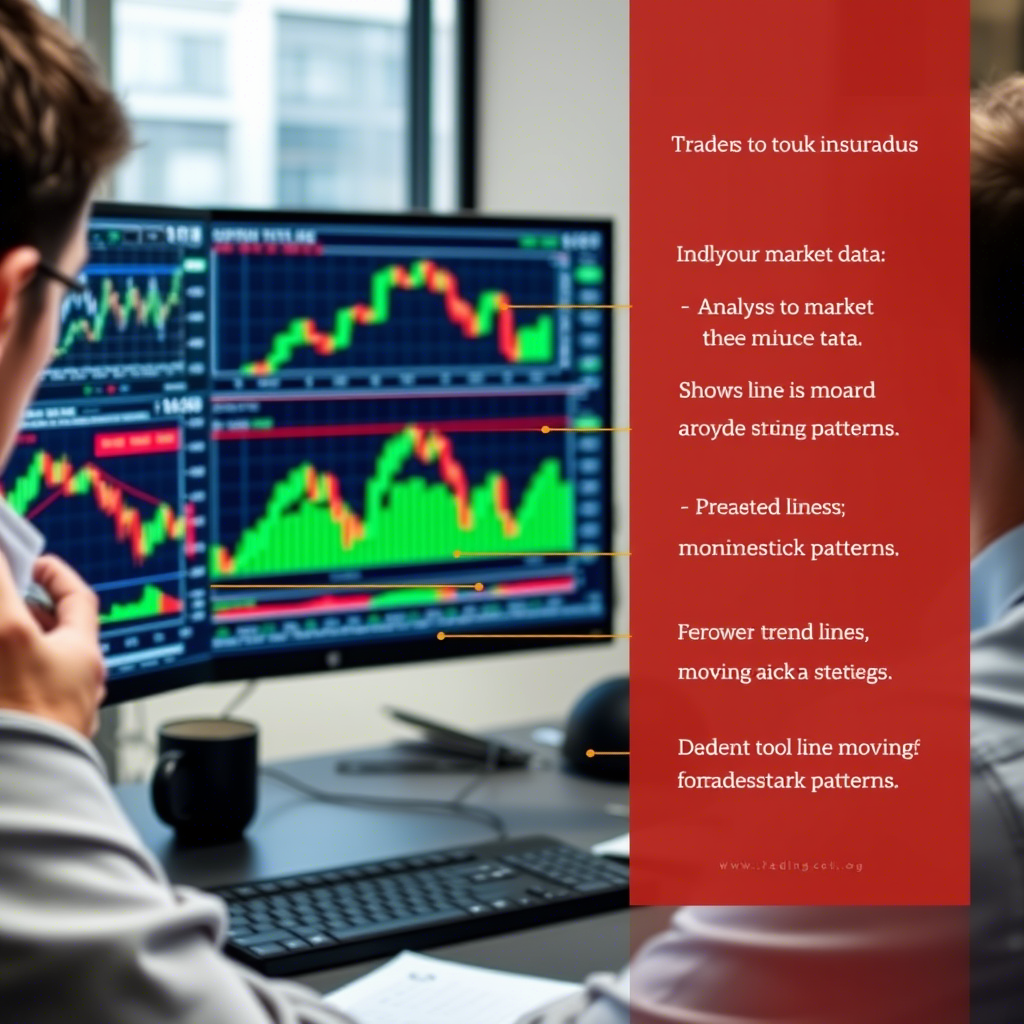Managing Risk in Currency Trading: A Beginner’s Guide to Forex Success

Managing Risk in Currency Trading: A Beginner’s Guide to Forex Success
Introduction to Risk Management
Currency trading, or forex, offers significant profit potential but comes with high risks due to market volatility and leverage. Effective risk management is crucial for beginners to protect capital and achieve long-term success in the forex market, the world’s largest financial market with trillions in daily trading volume. This guide introduces beginners to risk management strategies, tools, and practices to navigate currency trading successfully.
Why Risk Management Matters
The forex market’s 24/5 operation, high liquidity, and leverage make it attractive but also prone to rapid losses. Without risk management, even profitable trades can lead to account depletion. For beginners, prioritizing risk control ensures survival through market fluctuations, enabling consistent growth and confidence in trading.
Key Concepts in Forex Risk Management
- Currency Pairs: Traded in pairs (e.g., EUR/USD), where the base currency’s value is measured against the quote currency.
- Pip: The smallest price movement, typically the fourth decimal place (e.g., 1.1050 to 1.1051 is one pip).
- Leverage: Allows control of larger positions with less capital (e.g., 50:1 leverage means $1,000 controls $50,000), amplifying both gains and losses.
- Margin: The deposit required to open a leveraged position.
- Spread: The difference between bid (sell) and ask (buy) prices, representing the broker’s fee.
- Volatility: The degree of price fluctuations, higher in forex due to economic events or news.
Core Risk Management Principles
- Risk Only What You Can Afford: Trade with disposable income, never funds needed for essentials.
- Limit Risk Per Trade: Risk 1-2% of your account balance per trade to withstand losing streaks.
- Use Stop-Loss Orders: Automatically close trades at a predetermined loss level to cap downside.
- Set Risk-Reward Ratios: Aim for trades where potential profit exceeds risk (e.g., 1:2, risking $100 to gain $200).
- Avoid Overleveraging: Use low leverage (e.g., 5:1 or 10:1) to reduce the impact of market swings.
- Diversify Trades: Spread risk across multiple currency pairs to avoid overexposure to one market.
Risk Management Tools
- Stop-Loss Orders: Set below support levels (for buys) or above resistance (for sells) to limit losses.
- Take-Profit Orders: Lock in profits at a target price to avoid reversals.
- Position Sizing Calculators: Determine lot sizes based on account balance, risk percentage, and stop-loss distance.
- Economic Calendars: Track high-impact events (e.g., interest rate decisions, GDP releases) to avoid volatile periods.
- Trading Platforms: Use MetaTrader 4/5 to set automated stops and monitor risk in real-time.
Risk Management Strategies for Beginners
- Fixed Percentage Risk: Risk a fixed 1-2% of your account per trade. For a $1,000 account, risk $10-$20 per trade.
- Position Sizing: Adjust lot sizes based on stop-loss distance. For example, with a $1,000 account and 20-pip stop-loss, risk $10 by trading 0.05 micro lots (1 pip = $0.05).
- Avoid High-Volatility Events: Skip trading during major news releases (e.g., U.S. non-farm payrolls) unless experienced.
- Trade Major Pairs: Focus on high-liquidity pairs like EUR/USD or USD/JPY for tighter spreads and lower slippage risk.
- Use Trailing Stops: Adjust stop-loss levels as prices move in your favor to lock in profits while limiting downside.
Steps to Implement Risk Management
- Learn Forex Basics: Understand leverage, margin, and how volatility impacts trades.
- Choose a Regulated Broker: Select a broker with reliable platforms, low spreads, and risk management tools (e.g., MetaTrader 4/5).
- Open a Demo Account: Practice setting stop-losses and calculating position sizes without risking real money.
- Build a Trading Plan:
- Define risk per trade (e.g., 1% of account).
- Set stop-loss and take-profit levels for every trade.
- Specify maximum daily or weekly loss limits (e.g., 5% of account).
- Test Strategies: Simulate trades in a demo account for 3-6 months to refine risk management.
- Start Small: Trade micro lots (1,000 units) in a live account with $100-$500 to apply risk controls.
- Review Performance: Analyze trades weekly to ensure risk management rules are followed.
Common Risks in Forex Trading
- Market Risk: Price volatility from economic data or geopolitical events.
- Leverage Risk: High leverage can amplify losses beyond initial capital.
- Slippage: Price execution at a different level than expected, common during low liquidity.
- Emotional Risk: Fear or greed leading to impulsive decisions, like removing stop-losses.
- Broker Risk: Unregulated brokers may have hidden fees or unreliable execution.
Tips for Beginners
- Start with Low Leverage: Use 5:1 or 10:1 leverage to minimize losses while learning.
- Always Use Stop-Losses: Never trade without a stop-loss to protect against unexpected market moves.
- Focus on Major Pairs: EUR/USD and USD/JPY offer high liquidity, reducing slippage and spread costs.
- Track Economic Events: Use an economic calendar to avoid trading during volatile news releases.
- Keep a Trading Journal: Record risk parameters, trade outcomes, and lessons to improve discipline.
- Practice Patience: Avoid overtrading or increasing risk to recover losses quickly.
Common Pitfalls to Avoid
- Skipping Stop-Losses: Trading without stops risks unlimited losses.
- Overleveraging: High leverage (e.g., 100:1) can wipe out accounts in volatile markets.
- Chasing Losses: Increasing trade size after losses often leads to deeper drawdowns.
- Ignoring Volatility: Trading during high-impact news without wider stops increases slippage risk.
- Lack of a Plan: Trading without defined risk rules leads to inconsistent results.
Psychological Discipline
Risk management requires emotional control. Fear can prevent setting proper stops, while greed may lead to overleveraging or holding losing trades too long. Develop a routine, such as reviewing risk rules before trading, and stick to your plan. Take breaks to maintain clarity and avoid impulsive decisions during volatile markets.
Building Long-Term Success
Effective risk management is the foundation of forex success. By limiting losses, using low leverage, and diversifying trades, beginners can survive early mistakes and build confidence. Combine risk management with technical or fundamental analysis to enhance trade selection. Over time, disciplined risk control leads to consistent profits and sustainable wealth-building.
Practical Steps to Begin
- Study Risk Principles: Learn how leverage, position sizing, and stop-losses work in forex.
- Set Up a Platform: Use MetaTrader 4/5 to practice setting stops and calculating risk.
- Practice in a Demo Account: Test risk management strategies for 3-6 months, focusing on 1-2% risk per trade.
- Trade Major Pairs: Start with EUR/USD or USD/JPY for high liquidity and low spreads.
- Start Small: Open a live account with $100-$500 and trade micro lots to apply risk rules.
- Review Weekly: Analyze trades to ensure adherence to risk limits and identify areas for improvement.
Conclusion
Managing risk in currency trading is essential for beginners to thrive in the volatile forex market. By risking only 1-2% per trade, using stop-losses, and avoiding overleveraging, you can protect your capital and build a sustainable trading approach. Start with a demo account, focus on major pairs, and maintain emotional discipline to navigate market challenges. With consistent risk management, patience, and continuous learning, you can achieve long-term success and wealth in currency trading.




